What can be planted next to black and red currants?
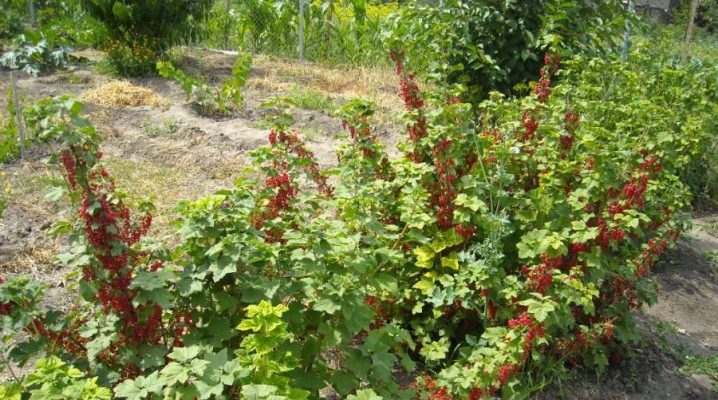
When planting currant bushes on the site, keep in mind that their formation is greatly influenced by other crops growing nearby. The impact on each other is carried out continuously. When planting trees, vegetables next to currant bushes, you must first find out their characteristics of growth and development. The neighborhood affects the yield of both plants, and this is an established fact. If the compatibility conditions are not taken into account, then neighboring crops will adversely affect the formation of the shrub. In the article, we will consider which plants are compatible with planting currants, and which neighborhood is undesirable for berry culture.

Why is compatibility important?
In order to plant fruit and berry plants in the garden according to all the rules, first of all, they study the characteristics of the growth and development of each sample. These are related to:
- type of root system;
- the level of resistance to diseases and parasites;
- compatibility with other plants;
- response to natural and climatic conditions.
If all of the above is not taken into account from the very beginning, then plantations that are not compatible in biology will begin to inhibit the formation of each other due to their proximity.
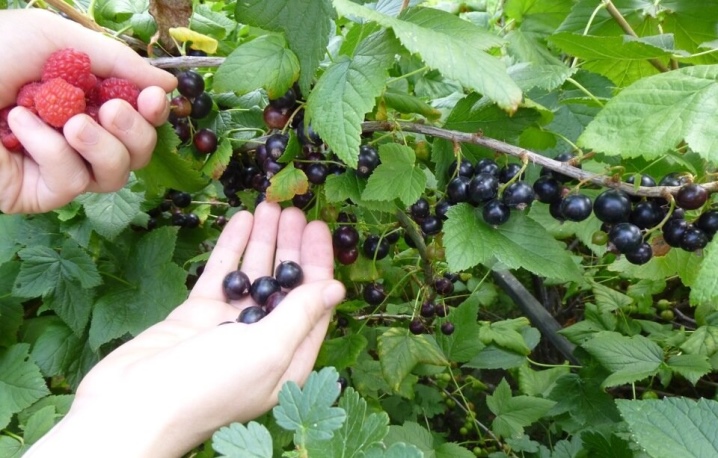
All plants defend their territory and strive to increase the scope of their possessions. This means:
- spreading seeds;
- growth activity;
- tendency to reproduce by means of vegetative organs;
- fruiting level.
The incompatibility of neighboring plants is possible for many reasons. As a rule, this is a competition for nutrients, living space, moisture, light.
When planting any seedlings, including currants, it is necessary to take into account what has grown on the site before. Especially if organic fertilizing was previously introduced into the soil. The crop rotation of plants in the garden is relevant for annuals.
This problem is solved through competent agrotechnical procedures for care and planting. Otherwise, the crops do not bear fruit in full and soon die, not having time to adapt.
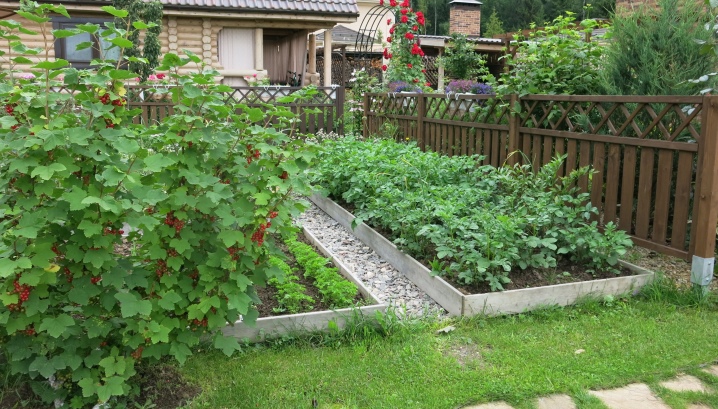
Lucky neighbors
Currants, especially black currants, love loneliness, but among the classic horticultural crops there are friendly neighbors for her too.
Fruit trees
Apple and pear. Not far from them, you can plant black currants that can grow in shady, not sunlit places. Red, on the other hand, is extremely sun-loving, and under the cover of mature fruit trees it will be uncomfortable.
An apple tree for a currant bush is an optimal neighbor. With joint growth, the yield level does not decrease, the plants do not have the slightest negative impact. These factors apply to both cultures.
Fruit plants such as apricot, peach, plum, sweet cherry, cherry, are neutral towards red currants, but suffer from the proximity of black.
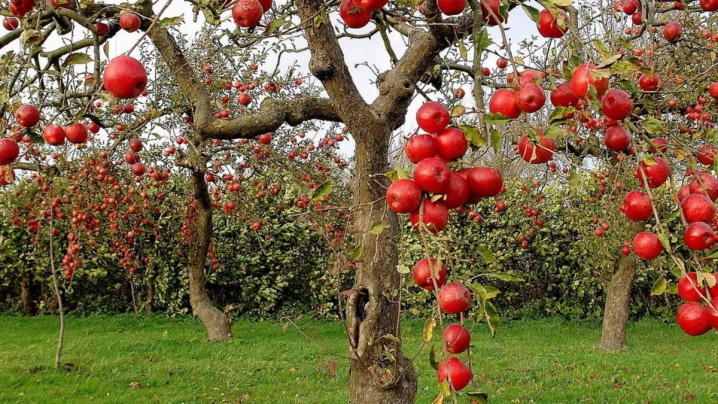
Berry bushes
Not all berry bushes can coexist with currants.
Blueberries are a squat perennial plant. For her, a soil with high acidity and good moisture is fundamental, in which there is a resemblance to black currant. Both shrubs coexist safely in the berry without causing problems to each other.
When the site is small, and the proximity of currants with other crops is inevitable, plant honeysuckle or yoshta next to it. These ornamental berry bushes do not bring discomfort to the neighbor and do not themselves suffer from her proximity.
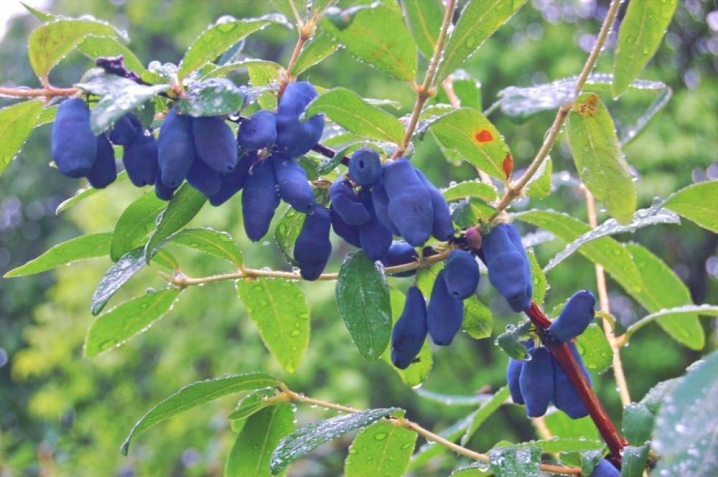
Herbaceous plants
Near any currant, it is useful to grow onions and garlic, the fragrance of which is not to the liking of most pests. To protect against moths of the moth family, tansy should be planted near the berry plantation (one plant for 5-6 shrubs). The well-known bright annuals can help prevent the development of viral diseases: nasturtium, marigolds, calendula. They are placed in direct proximity to the currants, and by the end of the season they are crushed and embedded in the soil.
In addition, black currants happily coexist with tuberous sunflowers and hops, and to the south of shrubs with red currants, you can plant basil, spinach, beets, strawberries.
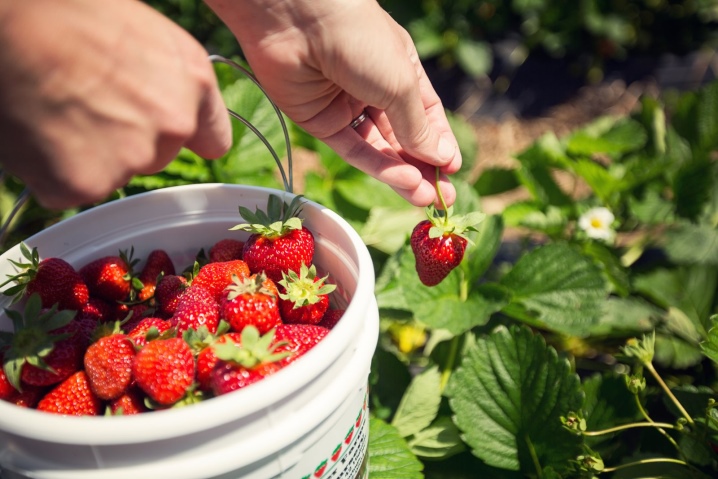
What shouldn't be planted?
Many plant bushes of black and red currants nearby, but this is a mistake.
- Red currant need sunlight, and black bears fruit well in the shade. As a result, one of the crops will wither. White currant also belongs to light-loving plants.

- Pear incompatible with other crops, therefore it is best to plant it in group monoplants. She does not react well to the neighborhood with berry crops and other trees. In particular, the pear does not tolerate any type of currant. Near it, the currant has less yield or it dies altogether.

- Walnut poses a danger to currants, in principle, as to any other garden culture. The substances secreted by this giant have a toxic effect on plants.
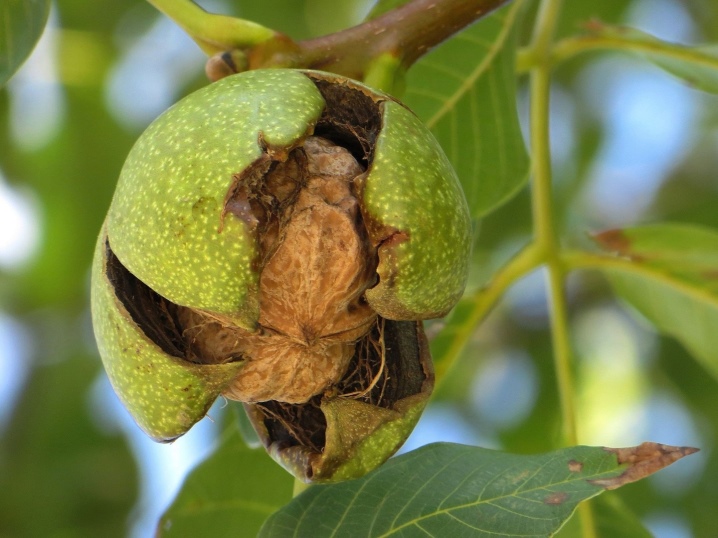
- The most unfortunate neighbor for black currants is gooseberries., while he gets along well with red. The ban on the joint planting of gooseberries and black currants is due to the vulnerability of both plants to the pathogenic fungal culture - American powdery mildew (spheroteka). Gooseberry is susceptible to this disease, and as soon as he "picks up" the infection, his neighbor becomes infected at the same moment. Fighting the disease is extremely difficult: the phytopathogen infects berry bushes every time, after the used pesticides are washed off by rain or destroyed under the influence of ultraviolet radiation. It should be noted that red currants are practically not affected by American powdery mildew, in other words, the proximity of gooseberries is not dangerous for them.
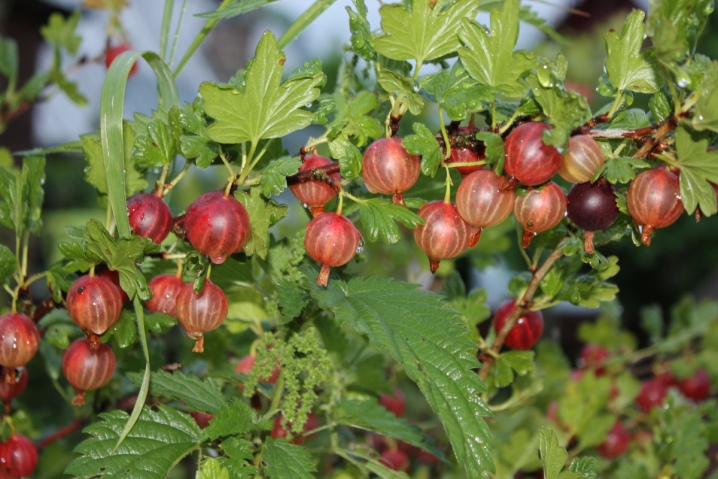
- Raspberries is not the best company for both currants. This selfish culture is prone to aggressive proliferation. Filling the site with lush shoots, raspberries begin to oppress the currants.
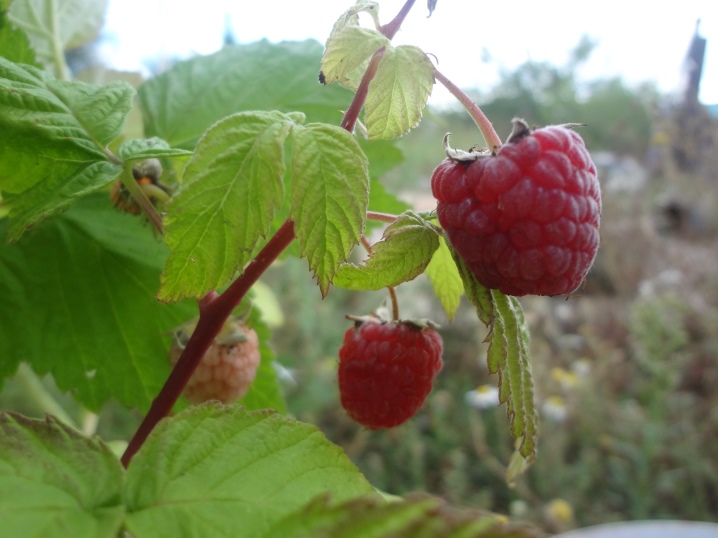
- Sea buckthorn it is also advisable to grow as far away from the currant plantation as possible. Its long, uniformly thickened adventitious roots are at the same depth as the currant roots, and therefore, over time, the plants will fight for moisture and nutrition.

- Juniper carries fungal infections that can harm black currants.
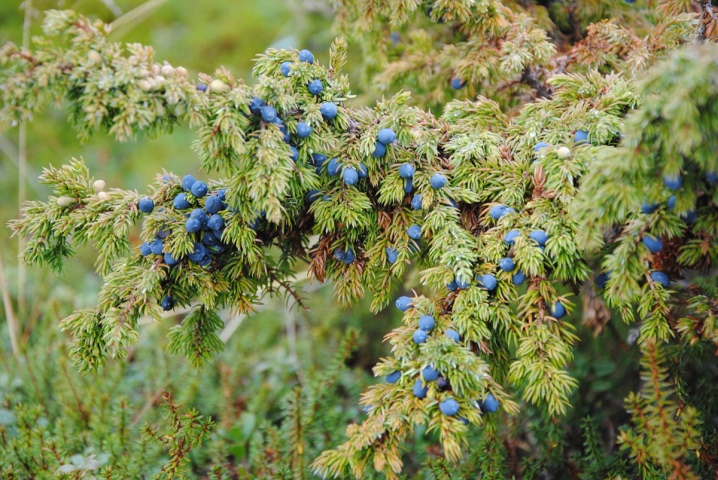
- Lilac does not combine with currants, since all fruit and berry bushes and trees take a large amount of nutrients from the ground.
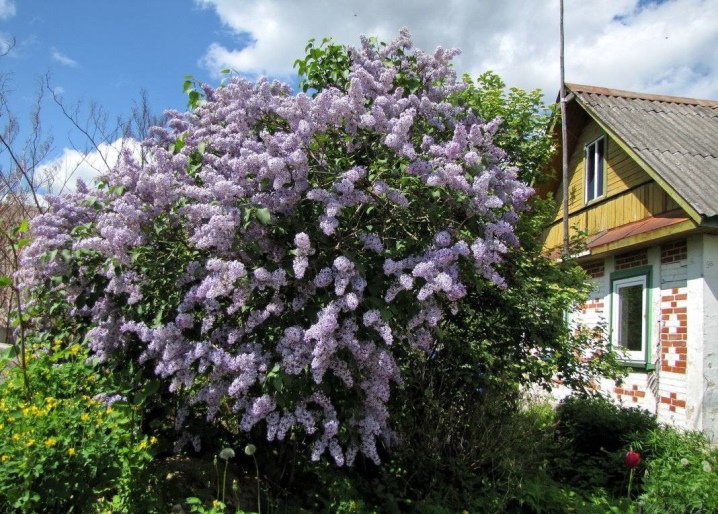
Black currant is a very insidious plant, it can oppress large trees such as sweet cherries, apricots and cherries. Trees will stop blooming and bearing fruit near the shrubbery. The suppression effect, of course, does not begin immediately, but systematically.
When, nevertheless, it happens to plant an "inappropriate" neighbor near the bushes, it is necessary to maintain a distance of at least 2 m. So each of the plants will be able to have the required amount of useful elements from the earth, and the roots will not interfere with each other.
Ornamental shrubs (hawthorn, mountain ash, wild rose, viburnum), in general, will be correctly placed outside the garden plot along the border, since they inhibit the growth of fruit plants.
To summarize, it is worth saying that for good fruiting of currants, it is worth picking up neighbors with whom she is friends. When planting a currant bush, one must not forget that some crops have a tendency to grow decently, taking away the area from the bush at the same time and thus suppressing it. To increase the yield of a berry, plant crops near it that have a positive effect on it.
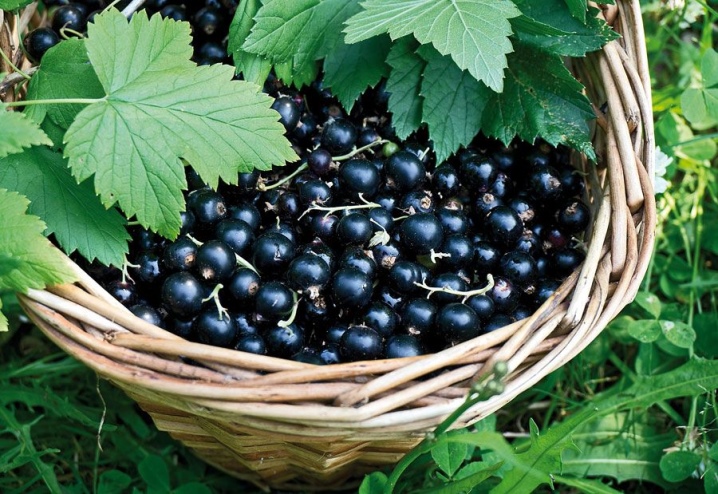







The comment was sent successfully.